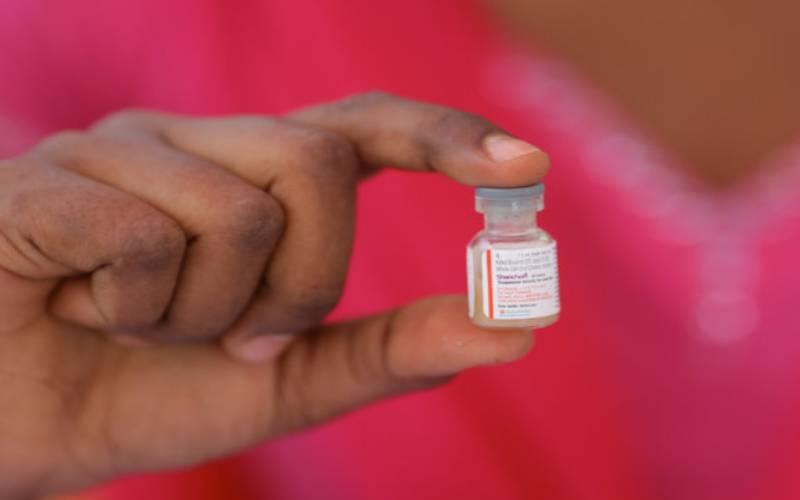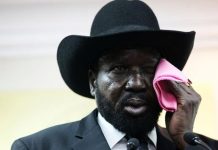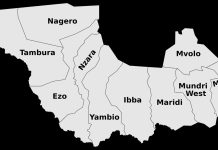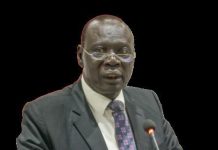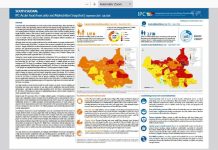Sheila Ponnie
Africa-Press – South-Sudan. The government has so far vaccinated over 1.5 million against cholera since launching the campaign.
A report by the ministry of health and its partners, such as the World Health Organization and UNICEF, reveals that 1,584,147 oral cholera vaccine (OCV) doses have been administered in six locations: Awerial, Leer, Yirol East, Rubkona, Malakal, and Juba.
According to the South Sudan Cholera Outbreak Situation Report, cumulative figures from March 19 to October 30, 2022, show that 424 cholera cases, among them one death, have been noted.
Based on the MoH weekly highlights of State, cholera vaccines (OCV issued on October 30, 2022, no new cases were noted in Rubkona County, Unity State in that period.
The Rapid Response Team (RRT) is still investigating reported cholera cases across the country.
“A total of 1.7 million doses of oral cholera vaccines (OCV) have been received in the country, of which 1.6 million OCV doses have been administered to people aged one year and above, including pregnant women, in Awerial, Leer, Yirol East, Rubkona, Malakal, and Juba,’’ reads a document from the ministry of health.
However, a situation update as of September 11, 2022, shows that since the last update in week 42, no new cases have been reported from Rubkona County.
In the document, patients aged 0 to 4 years old were the most affected, accounting for 140 (33 per cent) of the 424 cases reported, with females accounting for 264 (62.3 per cent) and males accounting for 160 (37.7 per cent).
“Vaccinated cases accounted for 134 (31.6 per cent), unvaccinated cases accounted for 265 (62.5 per cent), while there were 25 (5.9 per cent) people who have unknown vaccination status, leaving the total cases unvaccinated at 68.4 per cent.”
“301 (89.3 per cent) of the cases are reported from the Bentiu ID Camp, because the IDP camp is where the majority of the cases reside with minimal WASH services, while 36 (10.7 per cent) are from three locations outside of the IDP Camp,” according to the report.”
In the Cholera Outbreak Situation Report, those who contracted the disease had drinking water sources ranging from chlorinated 124 (36.8 per cent ), borehole 34 (10.1 per cent), tap water 24 (7.1 per cent), flood water 12 (3.6 per cent), and 143 (42.4 per cent) sources of drinking water were not provided.
For More News And Analysis About South-Sudan Follow Africa-Press

